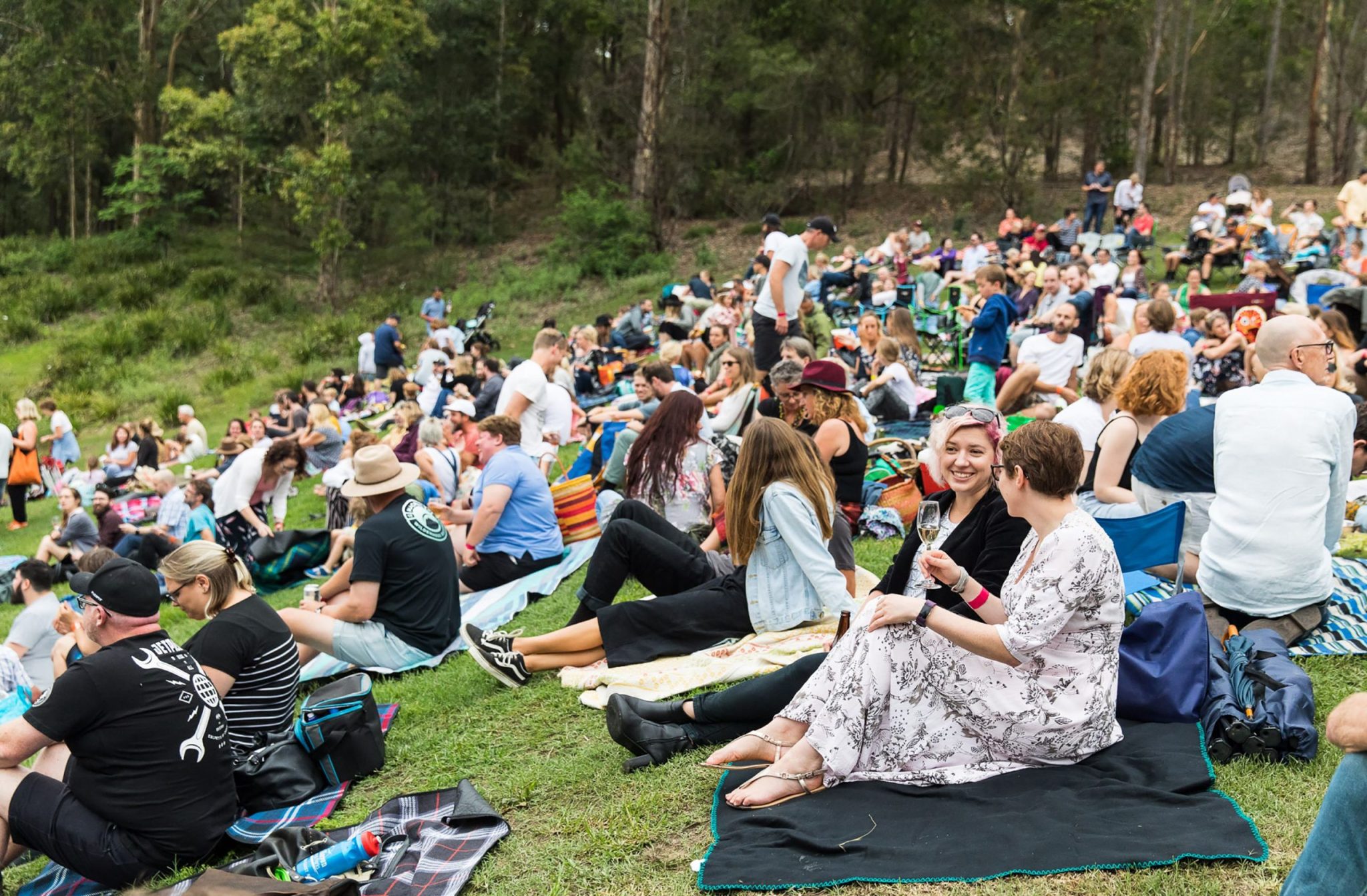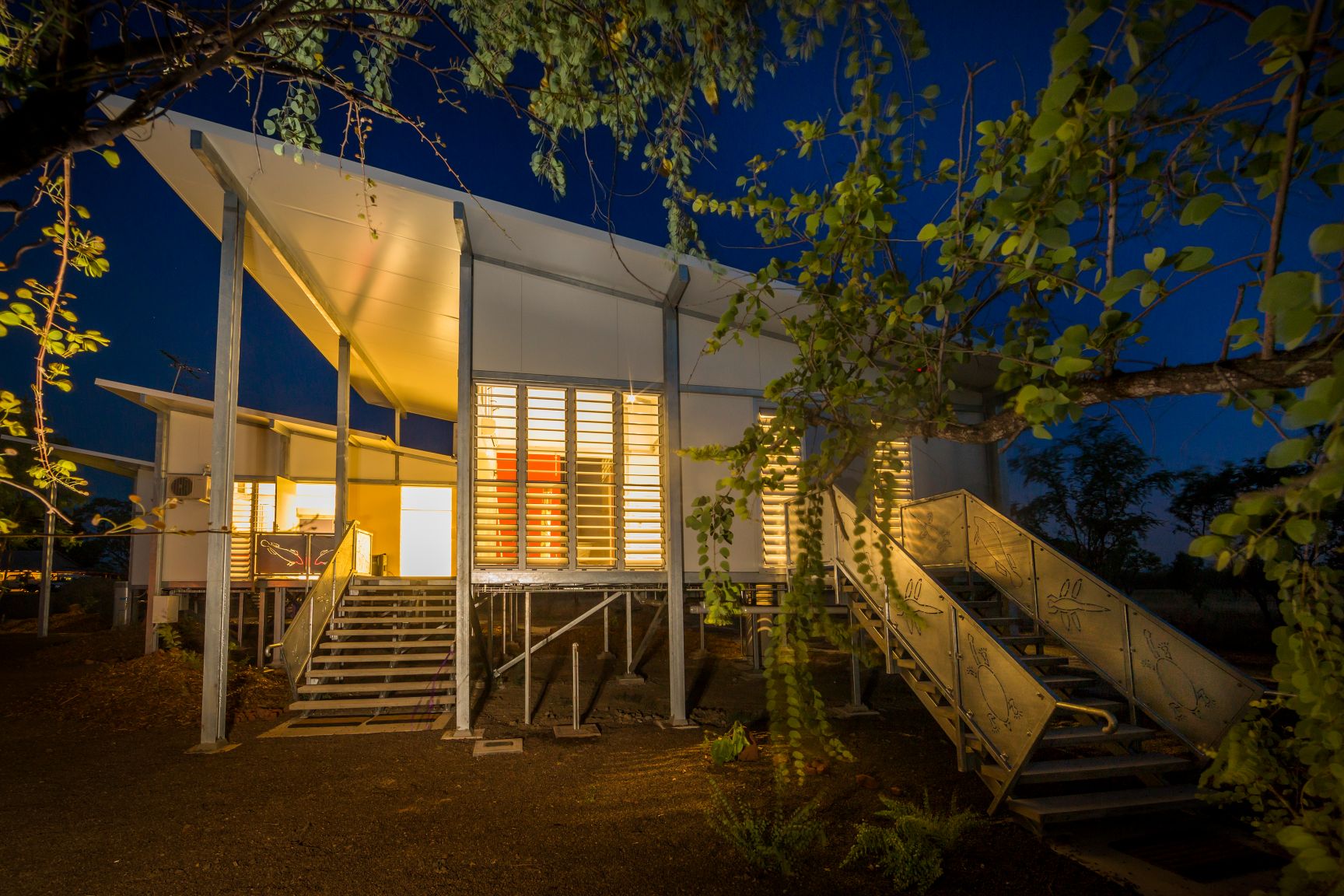
Sharing cross-cultural stories through lighting
Sharing cross-cultural stories through lighting
Share
Genuine. Authentic. Innovative. Pioneering. Committed. Passionate. These are just some of the words that could be used to describe Sasha Titchkosky, co-founder of Sydney-based sustainable lighting and homeware company, Koskela.
When Australian Design Review managing editor Jessica Agoston Cleary and Titchkosky meet virtually — both with cups of tea in hand and beloved dogs milling around beneath desks — Titchkosky’s genuine authenticity spills through the screen.
Speaking from her Sydney home office, with its beautifully restful, natural plywood-clad walls, dotted with First Nations artworks, Titchkosky shares where the idea for Koskela came from, and why they landed on lighting as the perfect interior product to collaborate with First Nations peoples.
Forming a genuine connection to place through socially conscious business
Titchkosky, like so many Australians, is an immigrant with a multi-cultural heritage. With one parent from Canada, the other from Germany, and being born in England, she has a unique appreciation for what it means to call a place home.
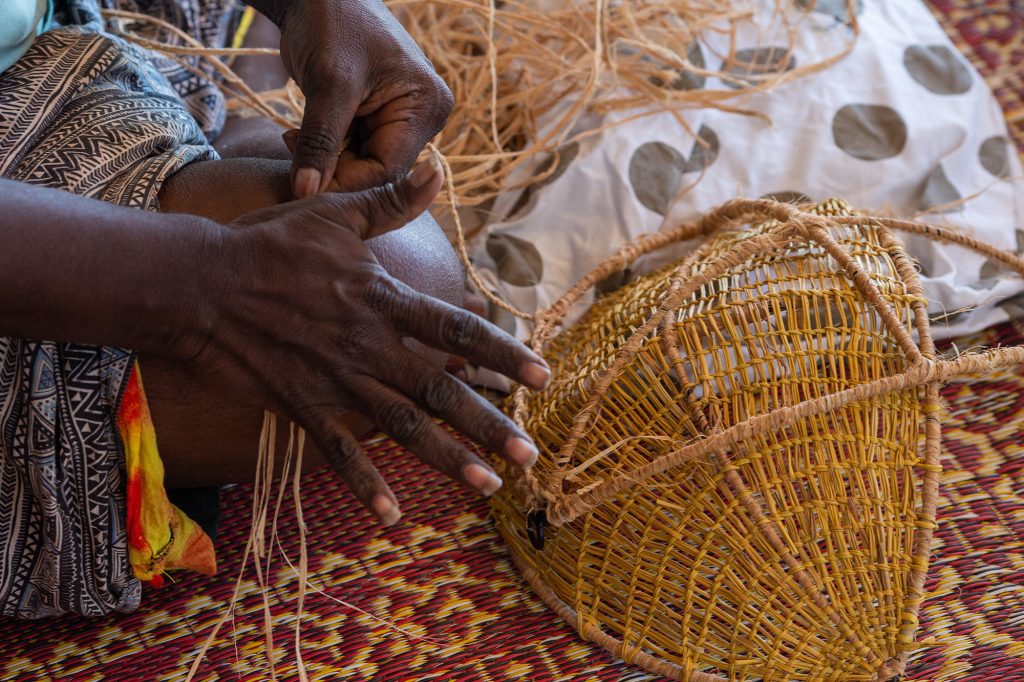
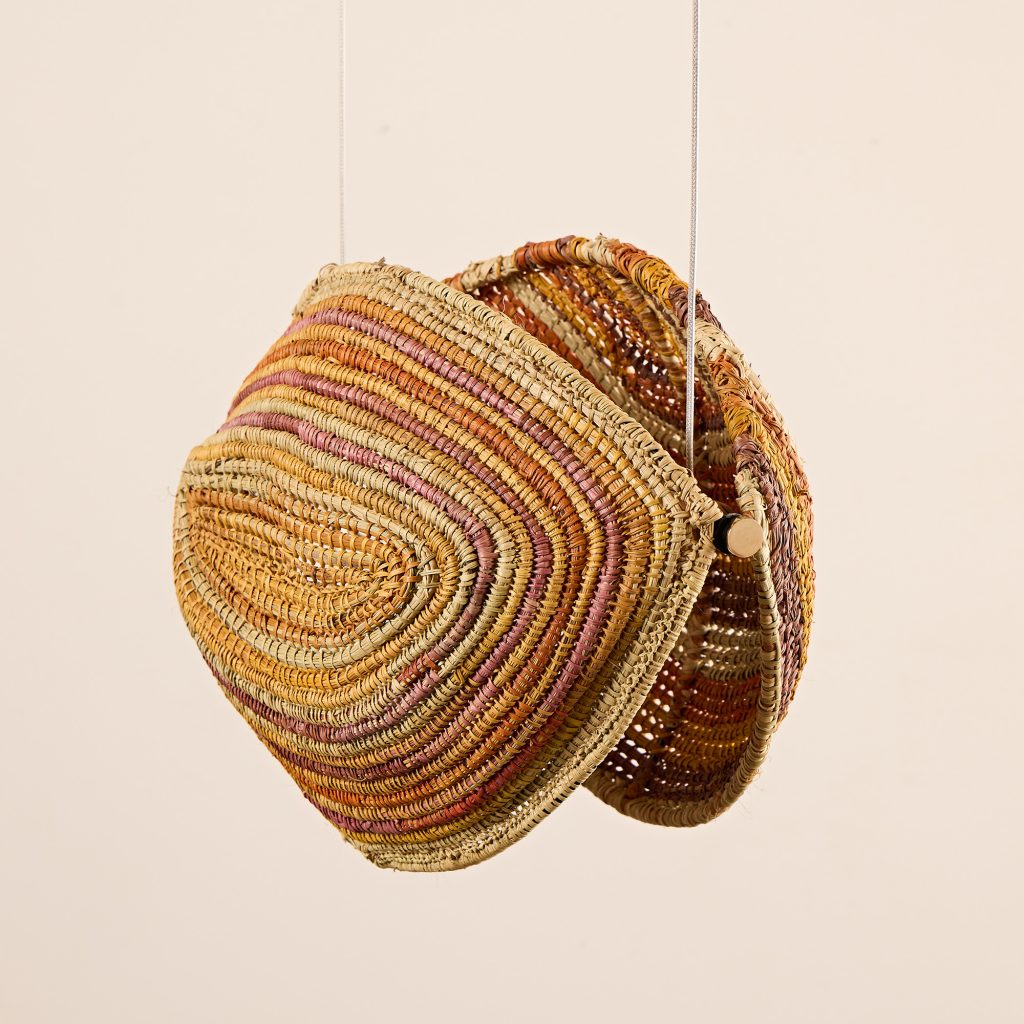
“Growing up, we never had a colonial connection or settler heritage narrative,” Titchkosky says. “I was always intrigued by our First Nations culture. I wanted to learn about their stories… I’ve always thought in this inclusive way. Coming from a multicultural family, I was really perplexed by why Australia didn’t embrace First Nations aspects of the country’s heritage and celebrate the fact that we have the oldest living culture in the world.”
It’s clear that Titchkosky’s decision to leave behind a successful corporate career in the mid-2000s to start a design business with a conscience was far more than a folly or jumping on the ‘trend’ of sustainable design and collaboration with First Nations artists. There is nothing trend-driven about who she is as a person, nor Koskela as a business. Indeed, it’s this genuine belief in collaboration and sustainability that has led to Koskela celebrating 15 years in business this year.
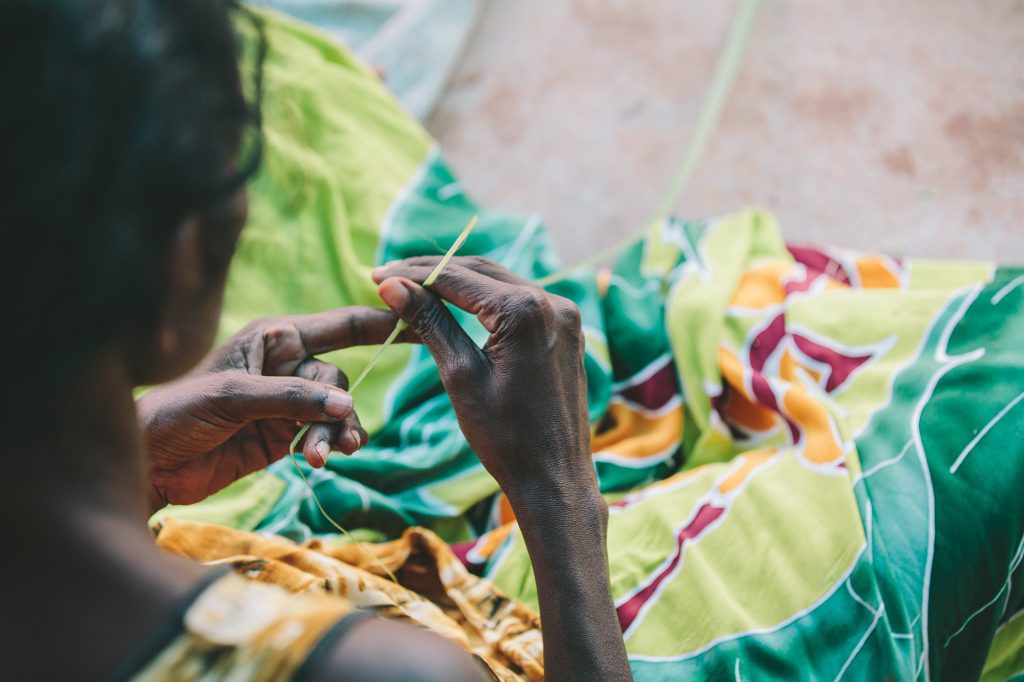
Lighting that does so much more than banish the dark
The concept and first range of Koskela lighting products didn’t happen overnight. “I was looking at something online and came across a story about traditional weavers from Arnhem land,” Titchkosky explains. “Their work was stunning and I started thinking about ways to share it with more people.”
As is so often the case, this seemingly inconsequential digital discovery was the beginning of a journey that not only started a successful business, but also opened up Titchkosky and her family’s world to the rich history of First Nations culture. It would also lead to the formation of some of her deepest friendships.
“I’ve been so lucky to have built friendships and meaningful connections with a number of wonderful women leaders and elders,” Titchkosky says. “Somehow I’ve managed to traverse these two very different cultures and experience a way of life that I didn’t necessarily think was possible.”

Building trust and developing true friendships is a very important aspect of Koskela’s ethos. So much so that three years of friendship building and product development took place between that fateful internet discovery and the launch of Koskela’s first lighting range in 2009.
“My family and I went to Arnhem land,” Titchkosky recalls. “We lived on the land with the weavers and their families. Our children played together while the adults went off collecting fibres from the bush. It was so important to me that I had a true understanding of the time and effort and artistry that goes into the craft of weaving.”
This deep understanding and appreciation of weaving as an art form, and its significance within the context of matriarchal group dynamics, is why, of all the homeware products Koskela could have collaborated on, Titchkosky landed on lighting.
The pattern of traditional woven textiles — be they practical fishing nets or artistic lights — is akin to a fingerprint. Each Indigenous artist has her own signature style, completely unique to her.
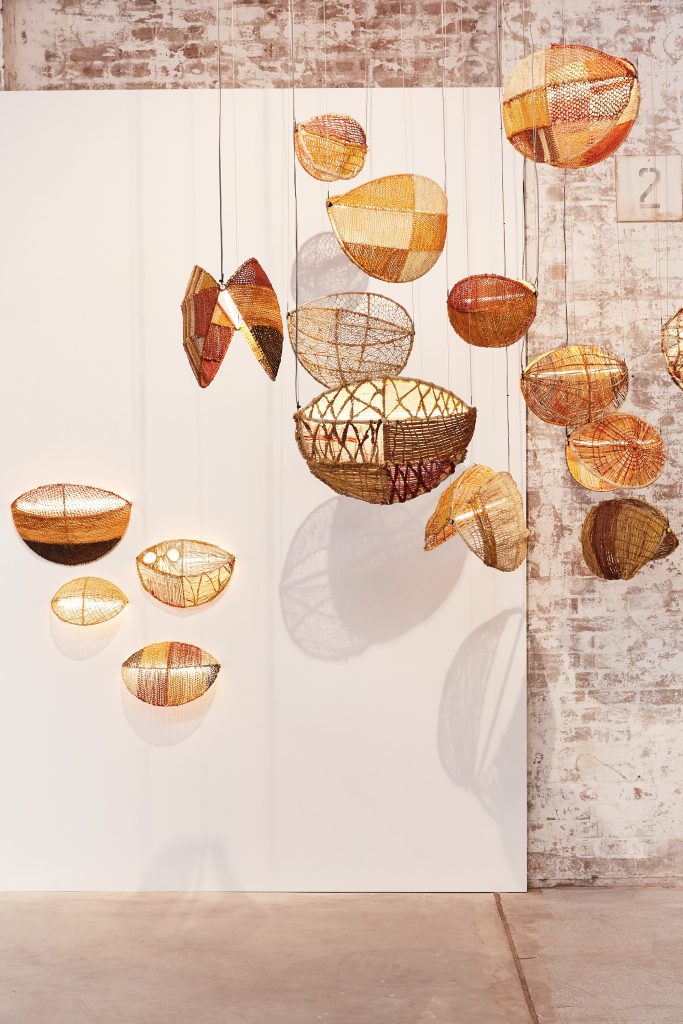
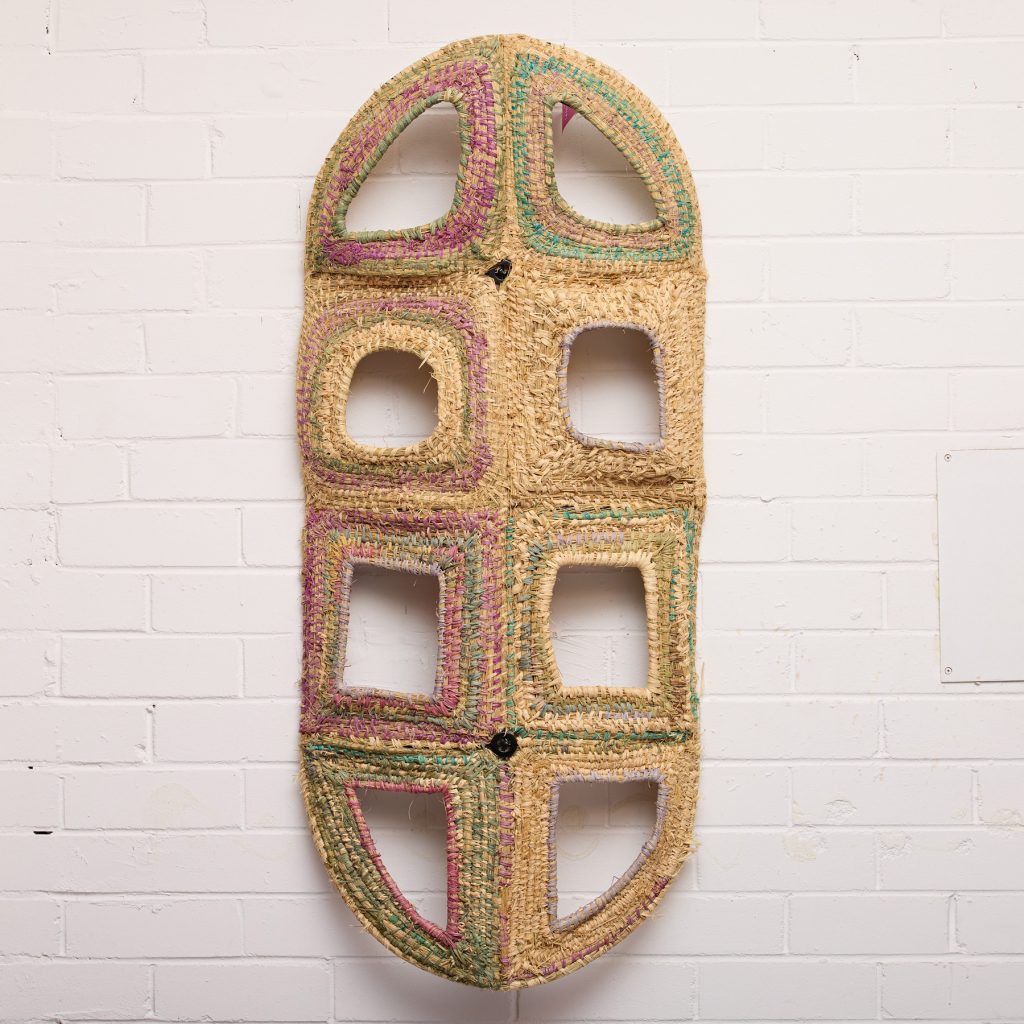
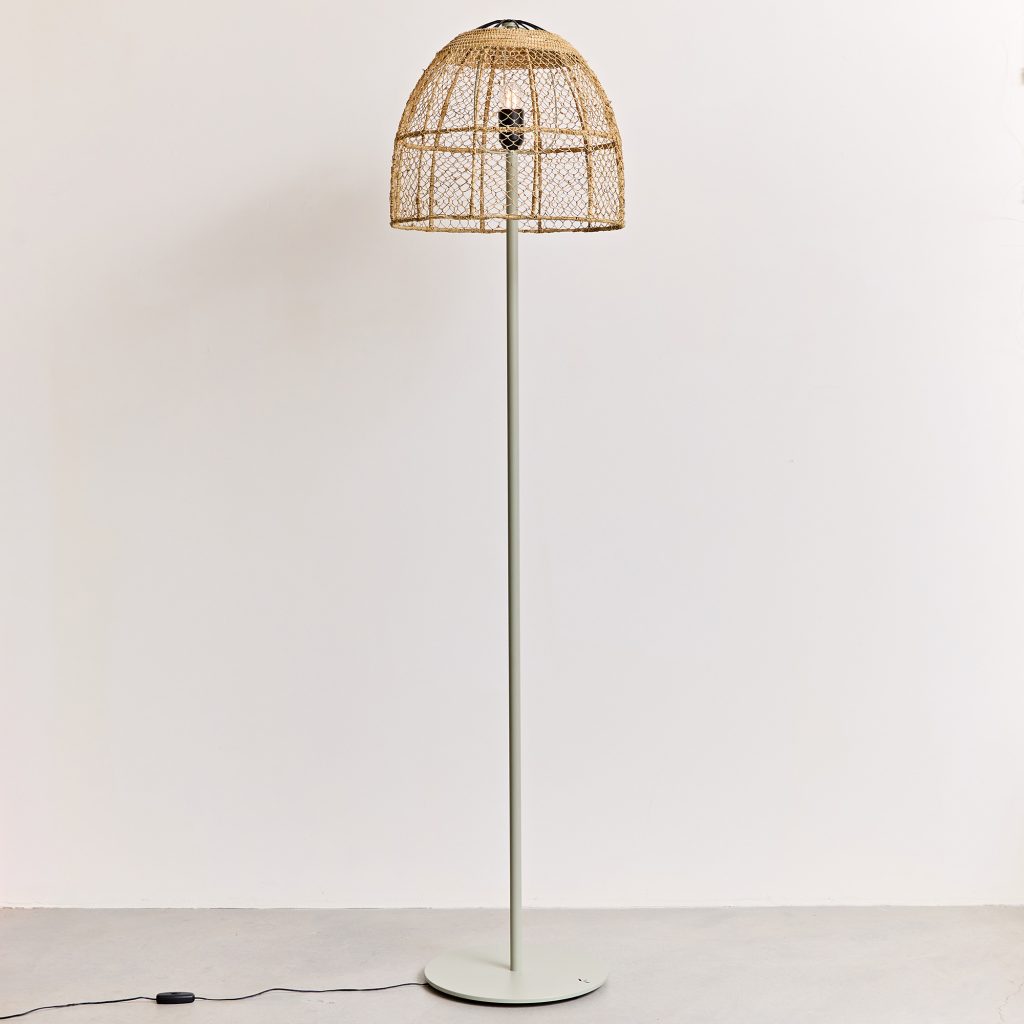
Being so aware of this, it never crossed Titchkosky’s mind to dictate the pattern or style of the products she was creating in collaboration with each artist. From a business perspective, adhering to an original, one-off work of art model presented challenges as well as opportunities to think laterally.
“I realised that things that you might traditionally associate with woven products within a home or interiors context, such as bowls or placemats, for example, wouldn’t be sustainable when you understood just how much work was involved in actually creating the work,” Titchkosky says. “We had seen more and more that our clients would be prepared to pay for a beautiful light that had an artistic or a sculptural quality to it. This was really important for us because it was a non-negotiable that we pay each maker fairly, recognising the amount of work they were putting in.”
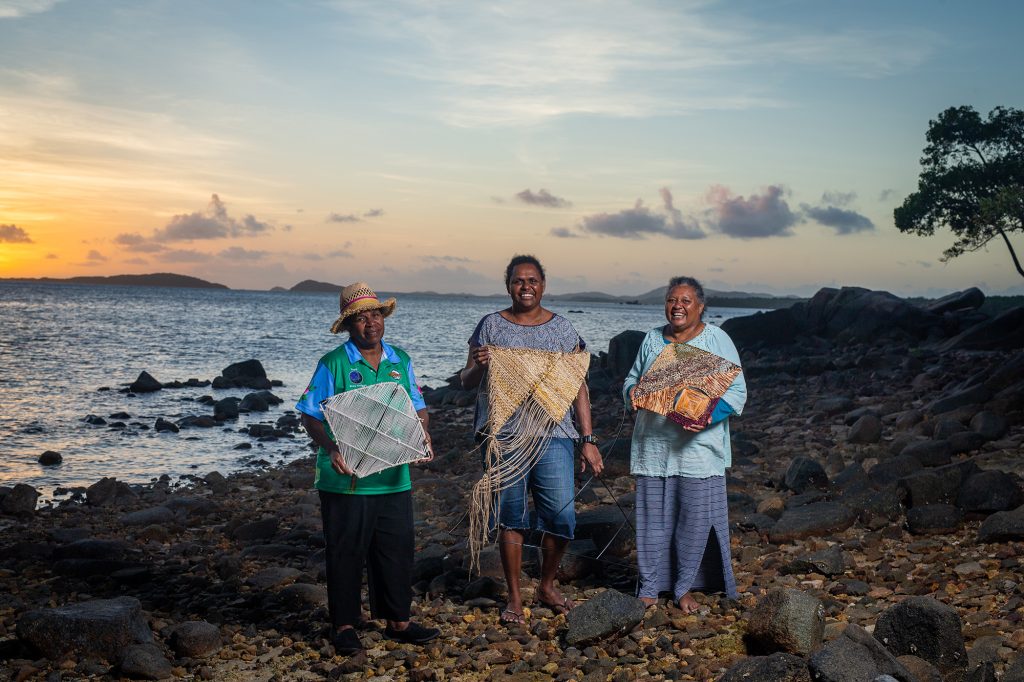
For each successive lighting collection, the frames are produced by Koskela and delivered to the artists with just one instruction — where not to weave to allow cabling to be added once the work is complete.
Fusing form, function, art and story into a kitchen
Each of the lighting pieces that come to life are therefore less product and more “functional art object”. They transcend any design trend, existing rather as future heirlooms that communicate family and life stories across cultural divides.
Given this high level of artistry, the question might be asked where and how do Koskela’s lights integrate into a busy family home? And, how can such a light be placed in a kitchen, which requires functional task specific lighting rather than artistic gestures?
“That’s a very good question” muses Titchkosky. “We’ve definitely had a few different clients who’ve used our pendants over island benches. They’re definitely not the right thing to go directly over a cooking area!”
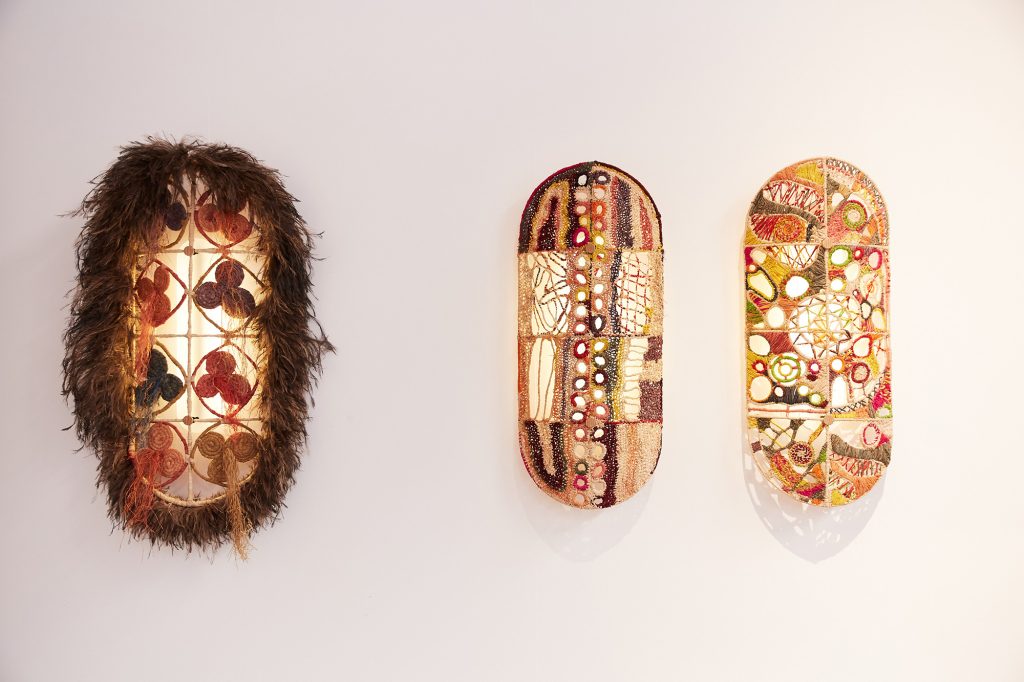
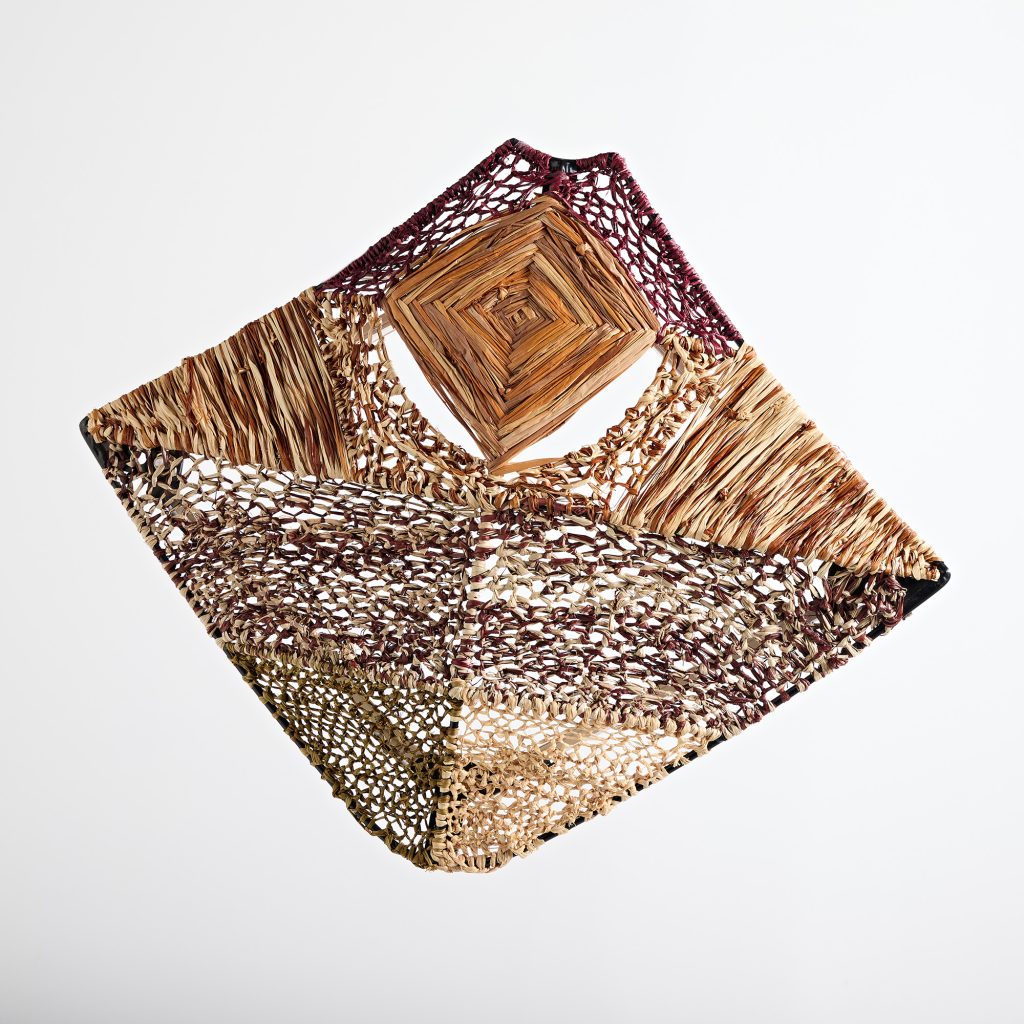
There is a peculiar conceptual tension at play here. How does one successfully integrate a light that is not a light but rather an art object? Is there a risk that this beautifully robust, richly storied art object may be at risk of getting damaged by a rogue flying meatball when positioned in a kitchen?
Titchkosky’s suggestion is to consider them for dining spaces. “Contemporary homes so often have a dining space that sits alongside the kitchen,” she says. “The natural materials and handmade artisan qualities add texture and warmth to these hybrid spaces. They really do bring a sense of connection to nature and family togetherness into a home.”
Photography commissioned by Koskela
Check out ADR’s profile on Bolaji Teniola, furniture and lighting – rising winner at IDEA 2022
You Might also Like
